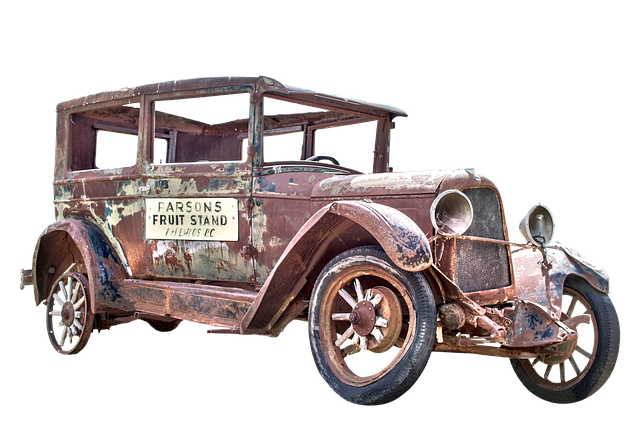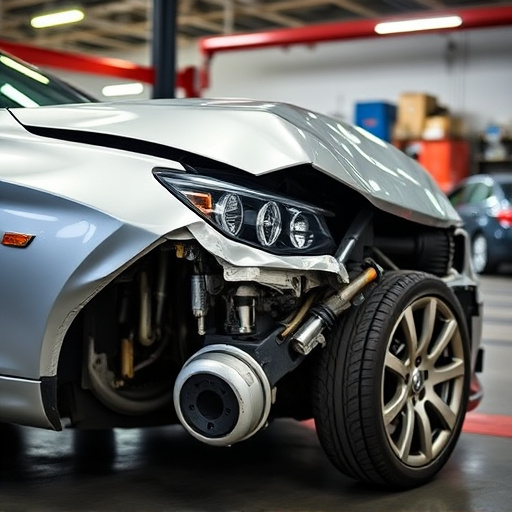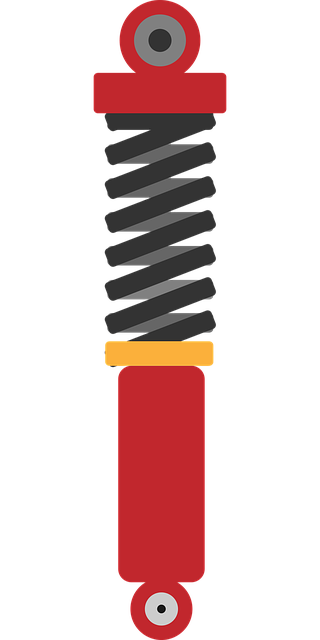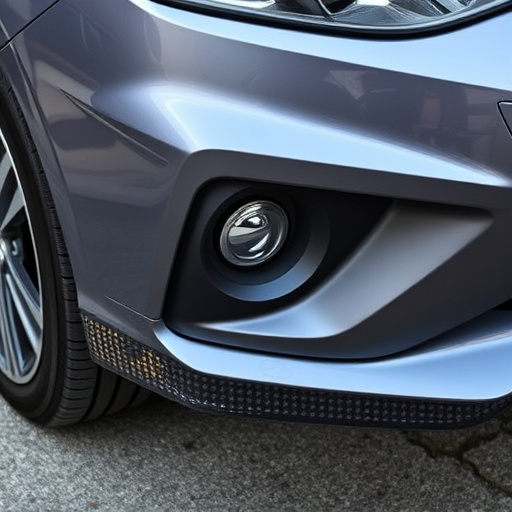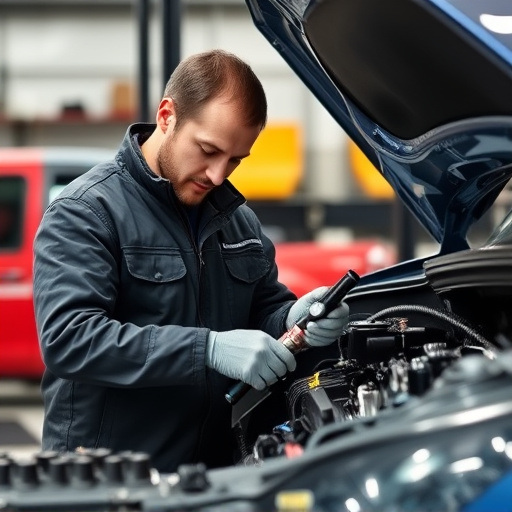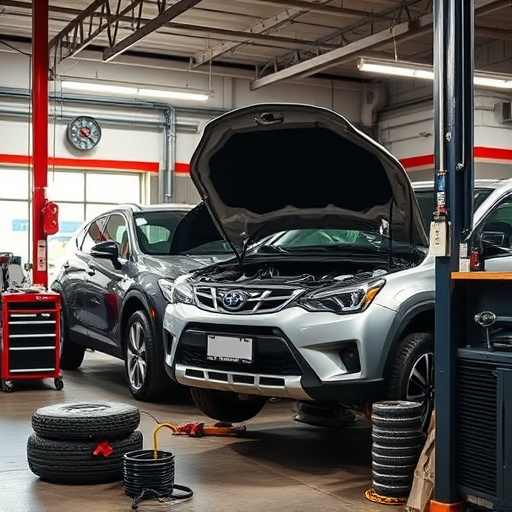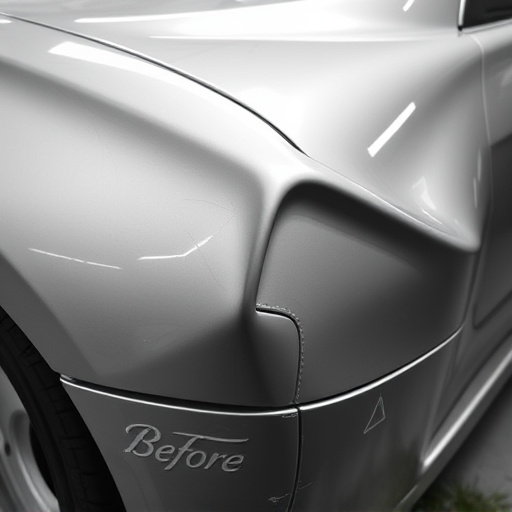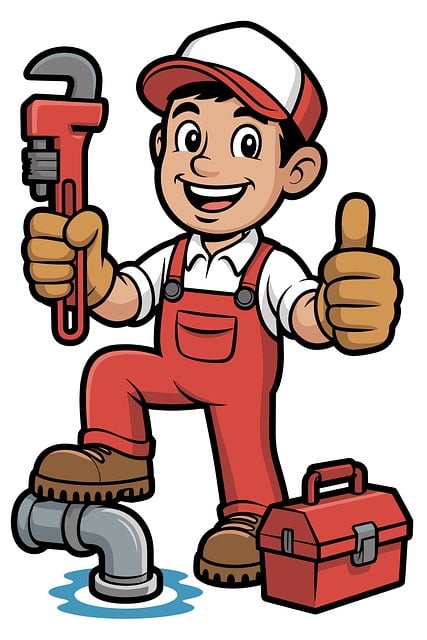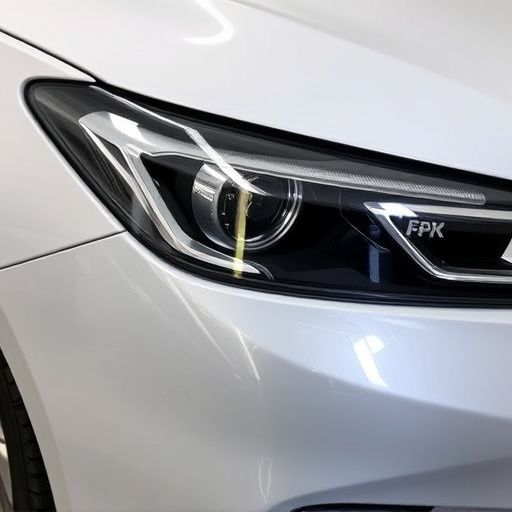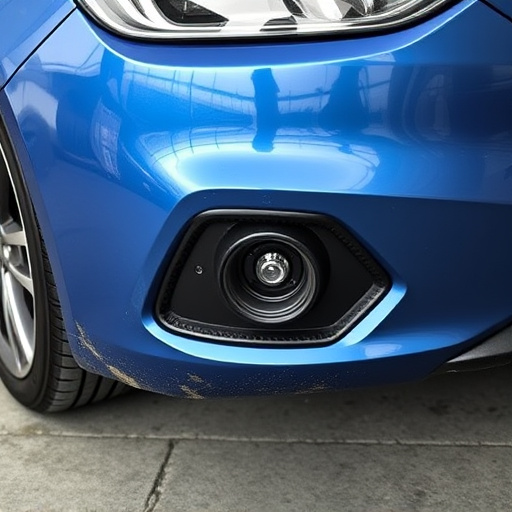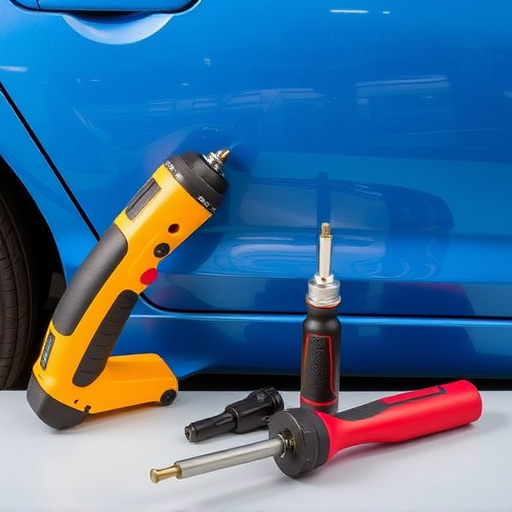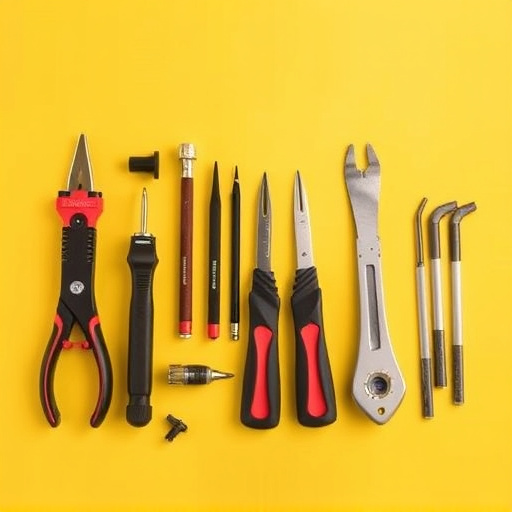Wheel alignment after a collision is vital for vehicle safety and performance. A car accident can disrupt the precise positioning of wheels (toe, camber, caster), leading to handling issues and accelerated tire wear. Proper post-collision repair, including wheel alignment services, is crucial for restoring driving dynamics, fuel efficiency, and tire longevity. The process involves a thorough inspection of wheels, tires, suspension, and steering systems, addressing angular misalignments caused by the impact. Effective communication with service teams about identified damages and proposed solutions, along with insurance details, ensures informed involvement in the restoration process.
After a collision, your vehicle’s wheel alignment may have been affected. This article guides you through what to expect during a wheel alignment service post-collision. We’ll first demystify the basics of wheel alignment and its significance. Next, we’ll explore how accidents impact wheel alignment and why it’s crucial for safety and handling. Finally, we’ll detail what happens during the process and tips for preparation, ensuring you’re informed about restoring your vehicle’s stability.
- Understanding Wheel Alignment: The Basics
- The Impact of Collision on Wheel Alignment
- Post-Collision Service: What to Expect and Prepare For
Understanding Wheel Alignment: The Basics
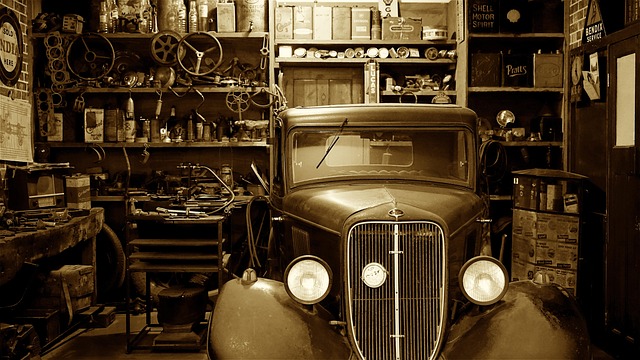
Wheel alignment is a crucial service that ensures your vehicle’s wheels are properly adjusted to achieve optimal performance and safety. At its core, wheel alignment involves realigning the suspension components to ensure that each wheel is precisely positioned relative to the road surface. This process addresses issues like uneven tire wear, pulling to one side while driving, or poor handling.
Understanding wheel alignment starts with grasping basic terms: toe, camber, and caster. Toe refers to the parallel relationship between the wheels, camber dictates the angle of the wheel in relation to the vertical, and caster influences steering stability. A properly aligned wheel setup not only enhances driving dynamics but also extends tire life by minimizing wear and tear from improper contact with the road. After a collision, it’s particularly important to consider wheel alignment as part of your vehicle’s post-repair services, alongside other essential repairs such as dent removal, car paint repair, and auto glass repair.
The Impact of Collision on Wheel Alignment

A collision, regardless of its severity, can significantly impact the wheel alignment of a vehicle. When your car is involved in an accident, the force and pressure exerted on its components, especially the suspension and wheels, can cause misalignment or damage to critical parts. This disruption can lead to uneven tire wear, handling issues, and even safety hazards if left unaddressed.
Proper auto body work and collision repair not only restore the car’s aesthetic appeal but also ensure that the wheel alignment is brought back to its optimal state. Tire services, including wheel alignment after collision, are essential to maintaining the vehicle’s performance and longevity. By realigning the wheels, technicians can correct any angular misalignments caused by the impact, ensuring better control, improved fuel efficiency, and extended tire life.
Post-Collision Service: What to Expect and Prepare For

After a collision, many vehicle owners wonder what to expect during the subsequent service processes, especially when it comes to wheel alignment after collision. Post-collision services involve multiple steps designed to ensure your car is safe and returns to its pre-accident condition. Initially, technicians will thoroughly inspect your vehicle for any damage, focusing on critical components like wheels, tires, suspension, and steering systems. This meticulous evaluation helps identify issues that might require car body restoration or auto repair services.
During this process, you can expect clear communication from the service team about the found damages and proposed solutions. They’ll explain the need for wheel alignment after collision, especially if the accident caused misalignment or damage to the suspension. It’s essential to prepare by bringing your insurance details and any relevant documents related to the incident. Being informed and involved in this stage ensures you understand the work being done and helps manage expectations regarding repair timelines and costs.
After a collision, it’s crucial to understand that your vehicle’s wheel alignment may have been affected. The impact of a crash can cause misalignment, leading to issues with handling and tire wear. During post-collision service, expect a thorough inspection and adjustments to restore proper alignment. This ensures optimal performance and safety on the road. Remember, seeking expert care for wheel alignment after a collision is essential for a smooth ride ahead.
